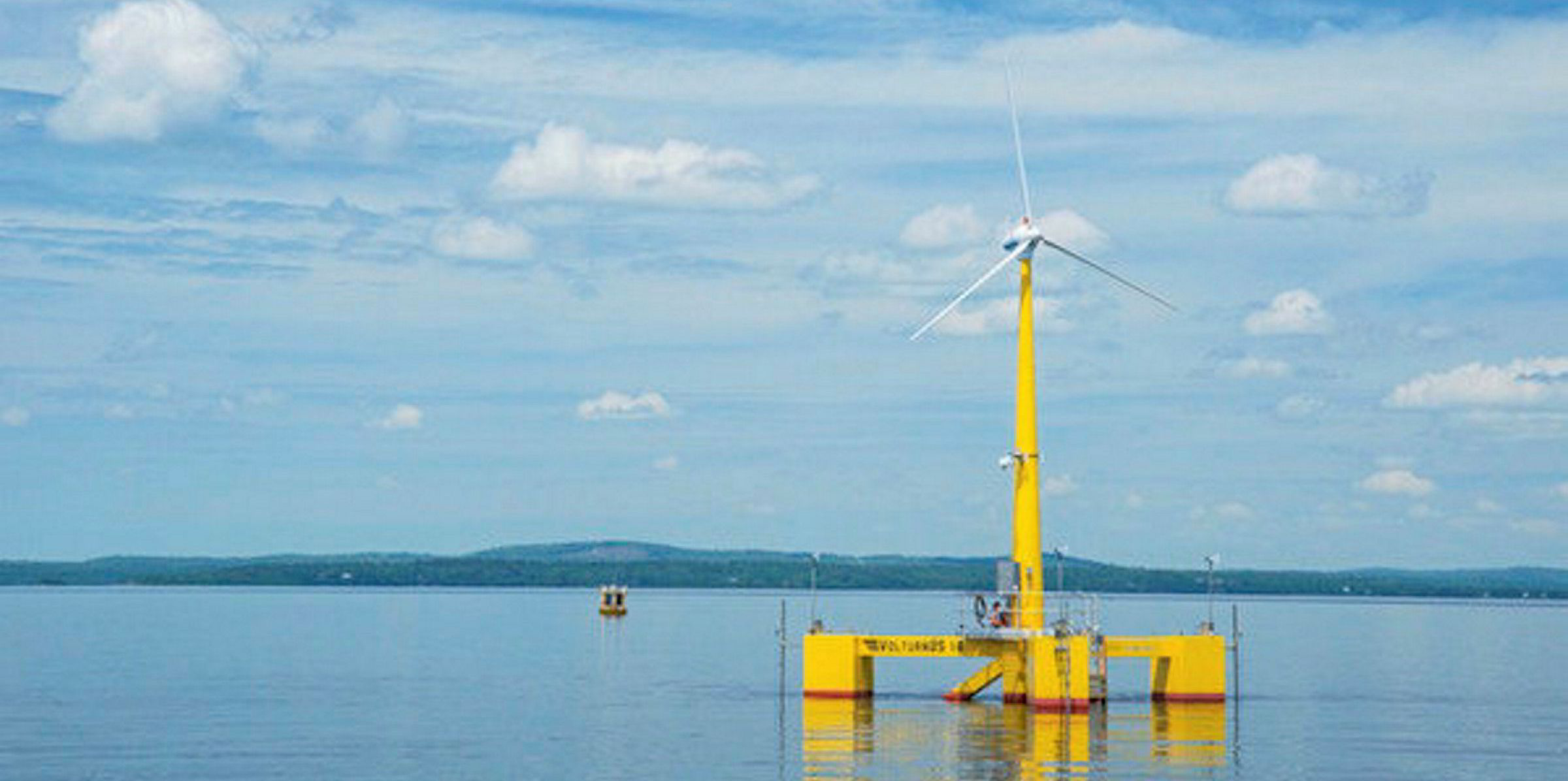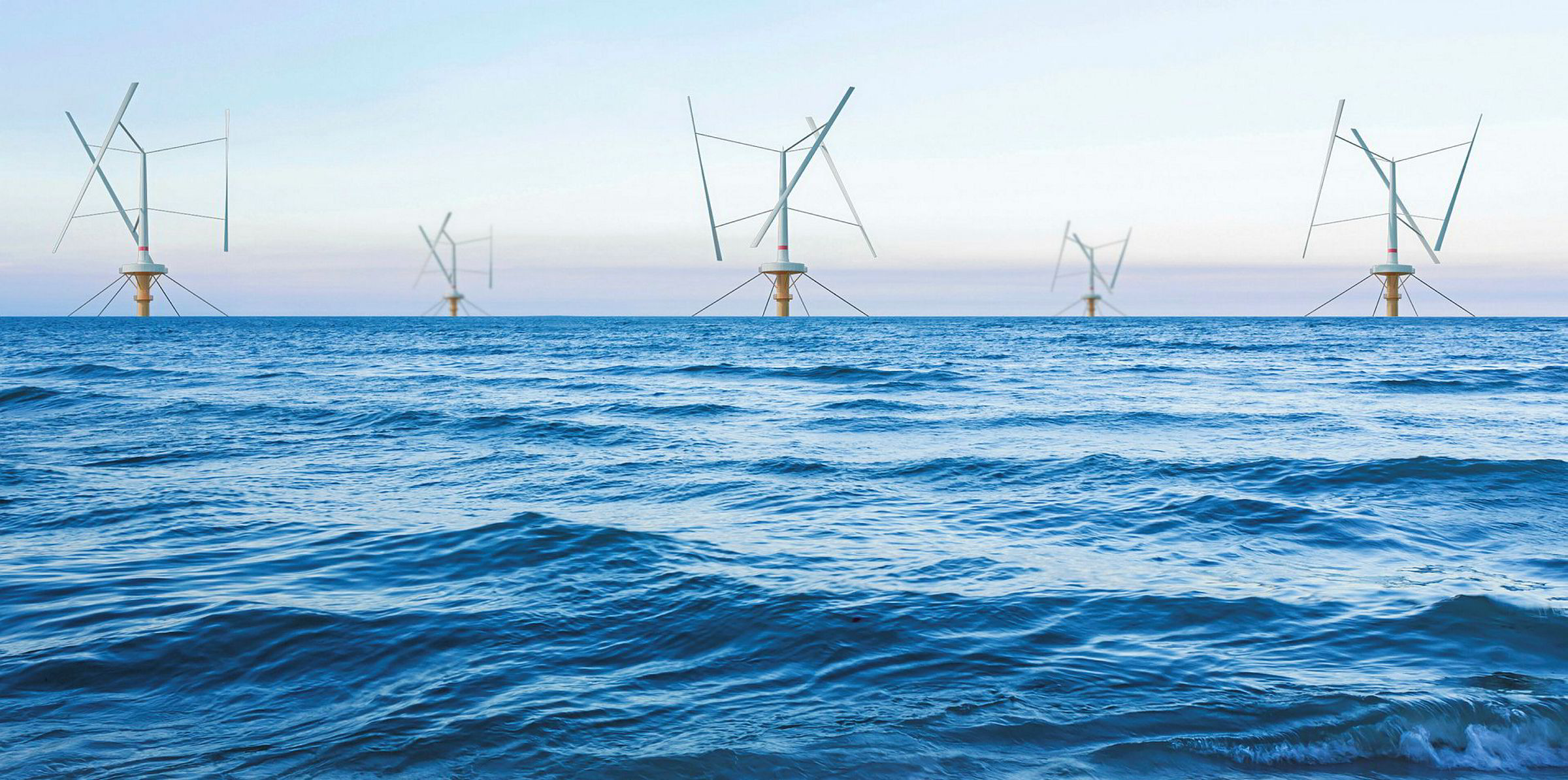The US National Renewable Energy Laboratory (NREL) has been awarded a ‘foundational’ $300,000 grant to explore new mooring layouts for floating wind farms that could dramatically cut the cost of the fast-emerging technology.
The funding from the National Offshore Wind Research & Development (NOWRD) consortium – which includes developers Avangrid, EDF, EDP, EnBW, Equinor; Innogy; Northland Power, Ørsted, Shell and Vineyard Wind, along with a number of public and industry bodies – aims to flesh out the capital savings of ‘daisy-chaining’ turbines together and distributing load throughout an array so that anchors are only needed on the outer units.
“This selection is important to further the commercialisation of floating wind in the US,” said NREL’s offshore wind energy technology programme principle engineer Senu Sirnivas.
“Station-keeping system components and installation costs directly affect levelised cost of energy: in order for floating wind to become more competitive with other energy sources, this project explores the economic feasibility of shared mooring systems and to provide the industry with design tools to explore cost reductions.”
Carrie Cullen Hitt, executive director of the NOWRD Authority, added the work would be “important foundational research”, given US Department of Energy estimates that almost 60% of the country’s total technical offshore wind resource lies in water depths too great for conventional bottom-fixed monopiles and jackets.
“This project is a critical step toward creating a cost efficient and sustainable supply chain to support the nascent US offshore wind industry,” she said.
The new project builds on the NOWRD consortium call in March for technology projects in the areas of floating and fixed foundations, array performance and control optimisation and power system design.
Other members of the NORWD consortium include the Virginia Department of Mines Minerals and Energy, the Maryland Energy Administration, the Massachusetts Clean Energy Center, New York State Energy Research and Development Authority, The Carbon Trust and the Renewables Consulting Group.
The floating wind sector has gone from consisting a single 2.3MW unit moored off the coast of Norway in 2009 to the brink of industrialisation, recently supercharged by an upsurge in utility-scale projects moving ahead in Asia, a region seen as central to the industrial aspirations of the rapidly emerging sector.
South Korea has a 1.4GW complex underway, including a 200MW project recently sanctioned by developer Equinor and its two in-country partners, and Japan has a “multi-hundred megawatt” development being advanced by France’s Ideol and partner Shizen Energy.
Petro-state Saudi Arabia is among the latest to join the trend, with Abu Dhabi-headquartered renewables investment group Plambeck Emirates having signed a memorandum of understanding with Italian offshore contractor Saipem to build a 500MW floating wind farm in the Persian Gulf off Saudi.
Last month, Recharge revealed the International Renewable Energy Agency has doubled its 2050 expectation of installed offshore wind capacity to 1TW, including 150-250GW of floating wind.



